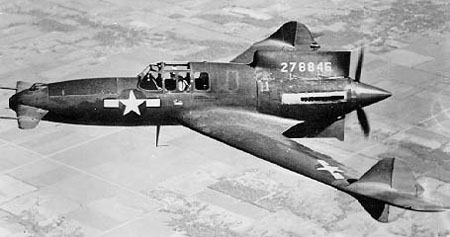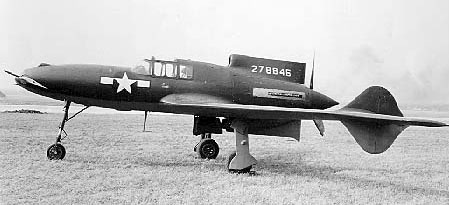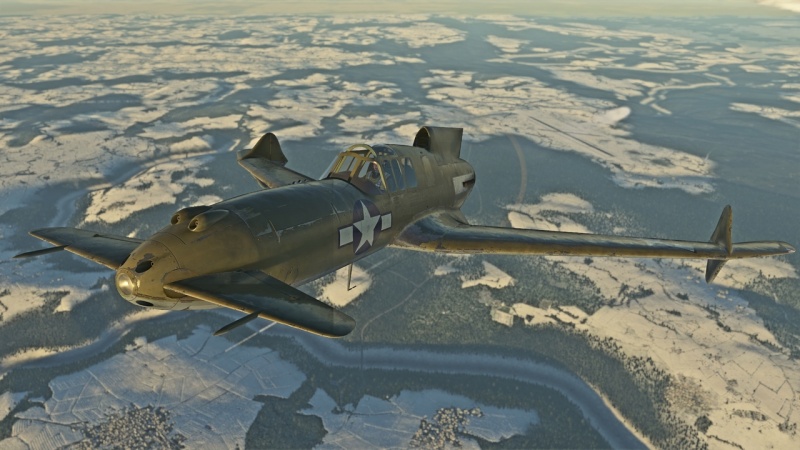The Unconventional Legacy of the Curtiss XP-55: A Pioneer in Aviation Design
In the annals of aviation history, one aircraft stands out as a bold testament to the spirit of innovation and exploration: the Curtiss XP-55. Amidst the backdrop of the late 1930s and early 1940s, a time characterized by rapid technological advancement and daring experimentation, the XP-55 defied convention with its groundbreaking design.

At the heart of the XP-55’s audacity lay its unconventional placement of a 1,275 horsepower Allison V-12 engine behind the pilot—a departure from the established norms of aircraft design. While traditional wisdom dictated a front-mounted engine, Curtiss engineers dared to challenge the status quo, envisioning a future where performance and maneuverability knew no bounds.

The XP-55’s distinctive silhouette, with its swept-wing design and aft-mounted pusher propeller, captured the imagination of aviation enthusiasts and experts alike. Promising superior speeds, enhanced maneuverability, and unparalleled forward visibility, it represented a paradigm shift in what was deemed possible in aerial combat.

However, as with many pioneering endeavors, the road to success was fraught with challenges. From the outset, the XP-55 faced hurdles in flight testing, with issues ranging from insufficient pitch authority on takeoff to in-flight stability concerns. Despite valiant efforts to address these setbacks through modifications and improvements, the dream of a revolutionary fighter aircraft remained elusive.

The tragic conclusion to the XP-55 saga came with the demise of the third prototype during an airshow in Dayton, Ohio. As the aircraft plummeted to the earth, claiming the life of its pilot, it left behind a poignant reminder of the risks inherent in pushing the boundaries of innovation.

Today, the sole remaining Curtiss XP-55 serves as a poignant symbol of an era defined by daring vision and relentless pursuit of progress. Displayed at the Air Zoo in Kalamazoo, Michigan, it stands as a tribute to the courage and ingenuity of those who dared to defy gravity and reshape the skies. Though the XP-55’s legacy may be tinged with the bittersweet taste of unrealized potential, its enduring impact on the trajectory of aviation history remains undeniable—a testament to the timeless allure of pushing the limits of what is possible.










